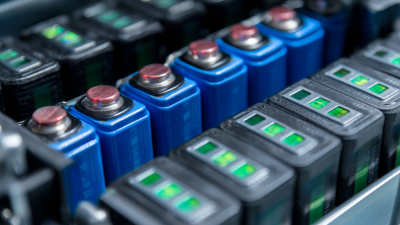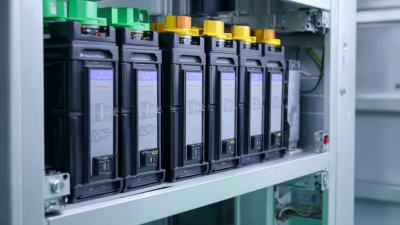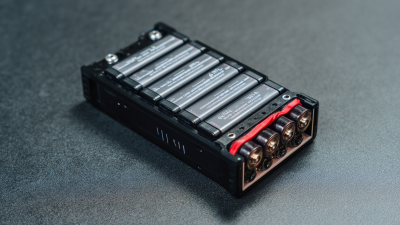 +86-13928815851
+86-13928815851
Leave Your Message
-
 CONTACT NUMBER
CONTACT NUMBER -
 CONTACT NUMBER
CONTACT NUMBER -
 CONTACT NUMBER
CONTACT NUMBER



The 138th China Import and Export Fair in 2025 promises to be a landmark event in the realm of innovative technologies, particularly in the exciting world of RC car battery advancements. As the demand for high-performance remote-controlled vehicles continues to surge, manufacturers are seizing this opportunity to showcase cutting-edge battery solutions that enhance speed, longevity, and efficiency. These innovations not only cater to avid hobbyists but also attract industrial interest, signaling a transformative shift within the industry.
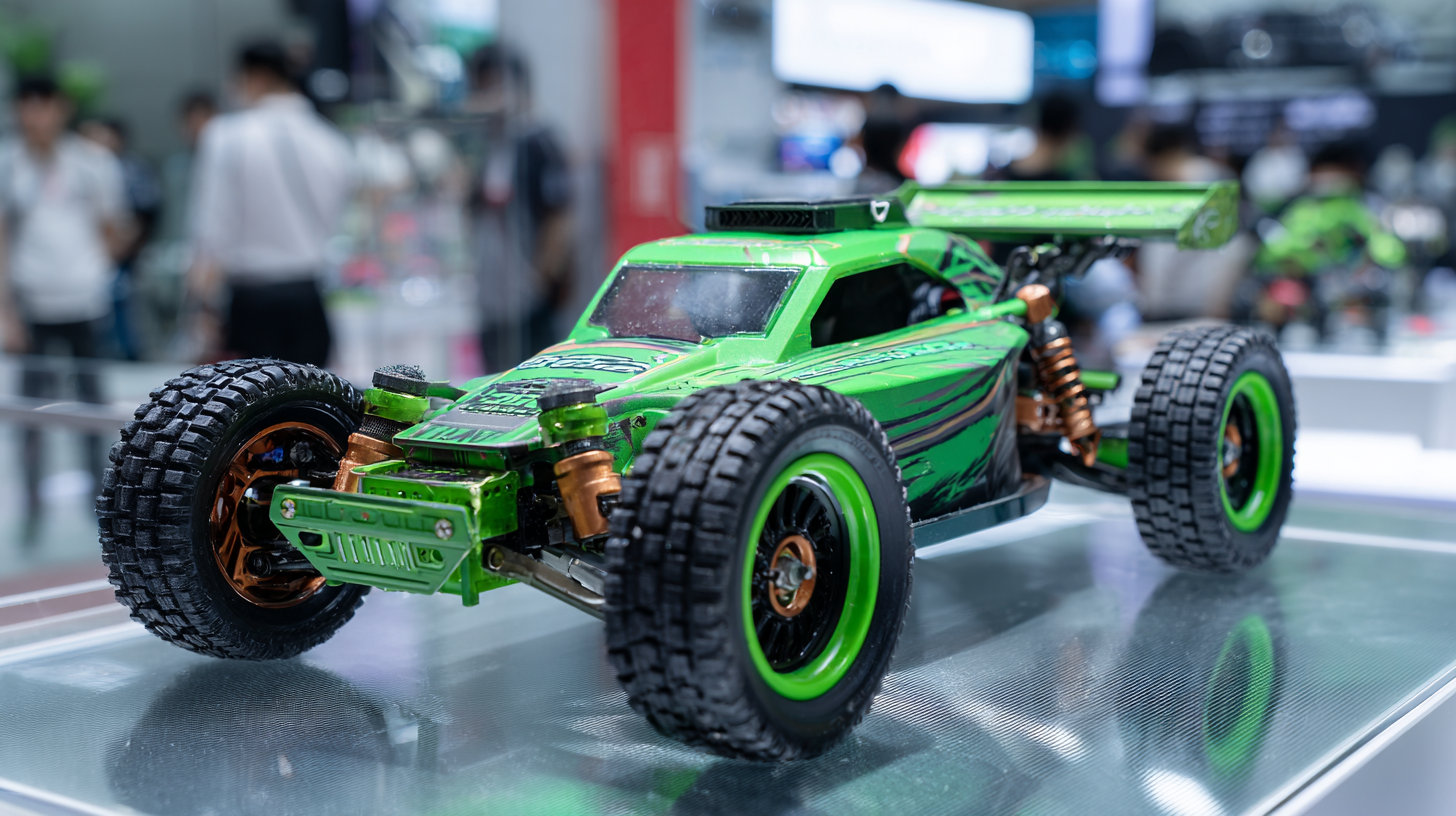
From lightweight designs to sustainable materials, the latest RC car battery technologies demonstrated at the fair are set to redefine performance standards and ignite new growth opportunities. As industry leaders and enthusiasts converge in this vibrant exchange hub, the spotlight will undoubtedly be on how these innovations can drive the future of remote-controlled racing and recreational enjoyment.
At the 138th China Import and Export Fair in 2025, innovative battery technologies took center stage, marking a significant advancement in the realm of remote control (RC) cars. Exhibitors showcased cutting-edge lithium polymer batteries designed to enhance performance, reduce charging times, and extend operation durations. These advancements not only facilitate longer play sessions but also cater to the rising demand for environmentally friendly energy solutions in the RC car industry.
Among the notable highlights was a series of enhanced smart batteries featuring advanced management systems that optimize energy usage, ensuring users get the most out of each charge. Moreover, the integration of AI-driven technology allows real-time monitoring of battery health, providing users with important data on performance and lifespan. This emphasis on innovation positions these battery technologies as game-changers, poised to usher in a new era of efficiency and excitement in the world of RC hobbyists.
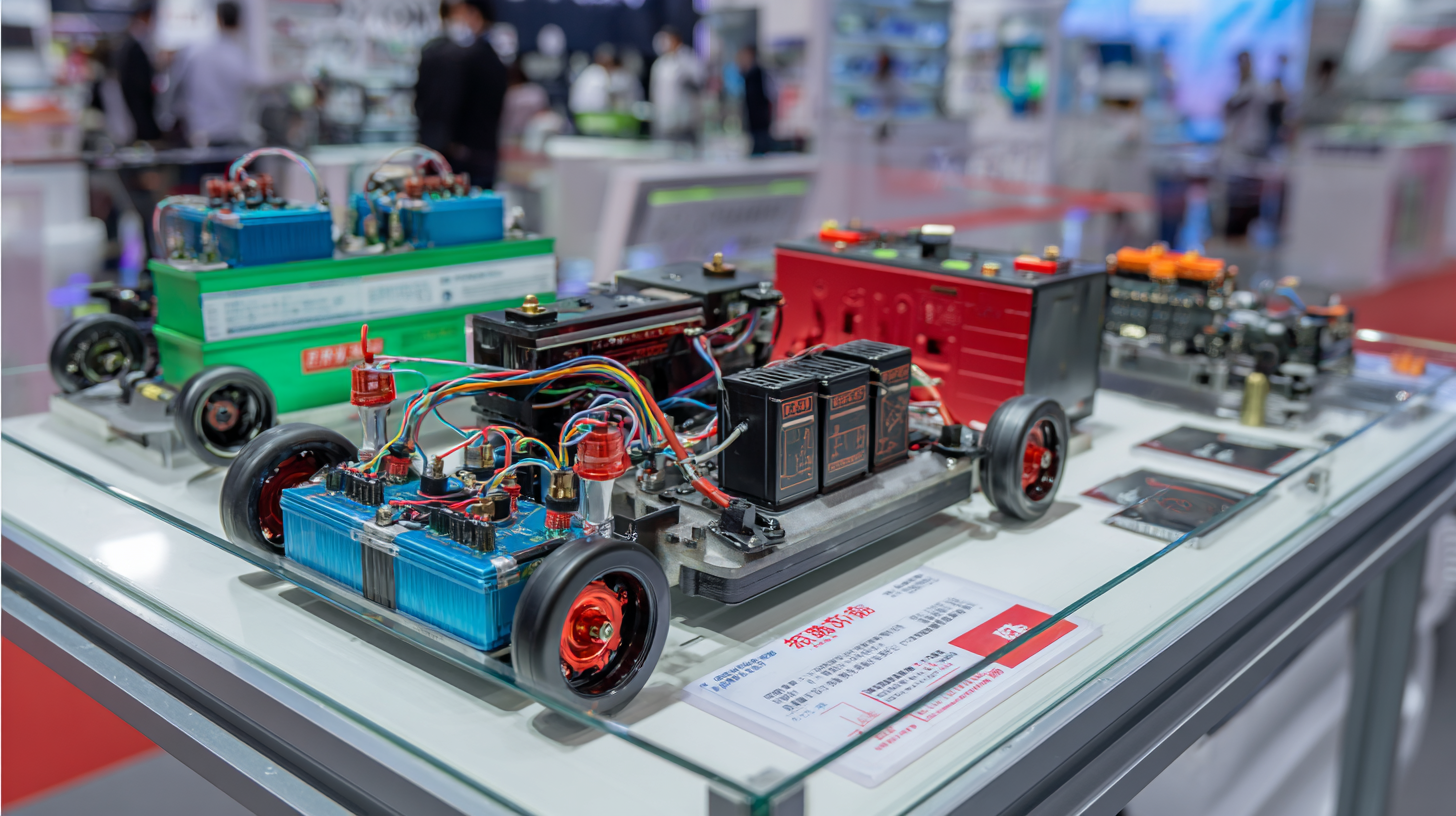
At the 138th China Import and Export Fair in 2025, the spotlight is on the latest innovations in RC car batteries that are set to transform the hobbyist market. The introduction of lightweight, high-capacity lithium polymer (LiPo) batteries promises to enhance performance and extend run times, allowing enthusiasts to push their cars to new limits. These innovations not only boost speed and efficiency but also contribute to a more dynamic racing experience, making them highly appealing to both new and veteran hobbyists.
**Tip:** When selecting an RC car battery, consider the C-rating, which indicates how much current the battery can safely provide. A higher C-rating means better acceleration and power, crucial for competitive racing.
Moreover, advancements in battery technology have led to improvements in charging times and lifespan. With rapid charging capabilities, racers can spend less time waiting and more time enjoying the track. Additionally, the development of smart batteries equipped with monitoring systems allows users to track performance metrics in real-time, ensuring they get the most out of their investment.
**Tip:** Always balance charge your LiPo batteries to ensure they maintain optimal performance and longevity. This practice can prevent cell damage and enhance the overall safety of your RC experience.
As the world increasingly shifts towards sustainable energy solutions, the battery production industry faces both significant challenges and transformative opportunities. The production of lithium-based batteries, essential for sectors like electric vehicles, entails environmental impacts primarily stemming from the extraction of lithium and cobalt. Although these impacts are comparatively lower than fossil fuel production, they raise critical concerns regarding energy-intensive extraction methods that can harm ecosystems. Addressing these challenges requires a dedicated focus on sustainable practices that prioritize eco-friendly methods and materials throughout the entire battery lifecycle.
Innovations in battery production are increasingly leaning towards the principles of circular economy, where end-of-life batteries are effectively repurposed or recycled to minimize waste. This shift not only helps in managing the environmental footprint of battery disposal but also creates avenues for sustainable urban mining. By implementing advanced recycling technologies, the industry can harness valuable resources from used batteries, thereby reducing the demand for new raw materials and bolstering the supply chain. As advancements in greener manufacturing practices continue to evolve, the importance of sustainable battery production cannot be overstated, as it plays a vital role in the transition towards a more responsible and environmentally-conscious energy landscape.
| Battery Type | Capacity (mAh) | Weight (grams) | Cycle Life (cycles) | Sustainable Materials (%) |
|---|---|---|---|---|
| Lithium Polymer | 5000 | 200 | 800 | 30% |
| Lithium-Ion | 4000 | 250 | 1000 | 25% |
| Nickel-Metal Hydride | 3500 | 300 | 500 | 15% |
| Lead Acid | 3000 | 600 | 300 | 10% |
The RC car battery market is experiencing significant innovation as we approach the 138th China Import and Export Fair in 2025. This event serves as a pivotal junction for industry players to showcase groundbreaking advancements in battery technology, which are anticipated to drive substantial market growth. Reports suggest that the global RC battery market is projected to expand from $1.2 billion in 2023 to over $1.8 billion by 2027, reflecting a compound annual growth rate (CAGR) of around 9%. This growth is fueled by an increasing demand for high-performance batteries that cater to consumer preferences for longer run times and faster charging capabilities.
Future trends indicate a shift towards the integration of lithium-ion and lithium-polymer technologies, which offer higher energy density and reduced weight compared to traditional nickel-cadmium batteries. Furthermore, the rise of smart battery systems equipped with IoT capabilities is enhancing user experience by providing real-time monitoring of battery health and performance. A recent study from Market Research Future highlights that innovations in battery management systems are expected to reduce charging times by up to 30%, making these new RC car batteries not only more efficient but also more appealing to both hobbyists and serious racers alike. As manufacturers unveil their latest products at the fair, the expectation is that these innovations will redefine market standards and elevate the overall user experience.
The 138th China Import and Export Fair in 2025 presents an invaluable platform for industry leaders within the RC car battery sector to strengthen their networks and explore collaborative opportunities. With numerous exhibitors showcasing cutting-edge innovations, attendees have the chance to engage directly with manufacturers, suppliers, and thought leaders in the industry. Such networking events facilitate dialogue and inspire partnerships that can lead to groundbreaking advancements in battery technology.
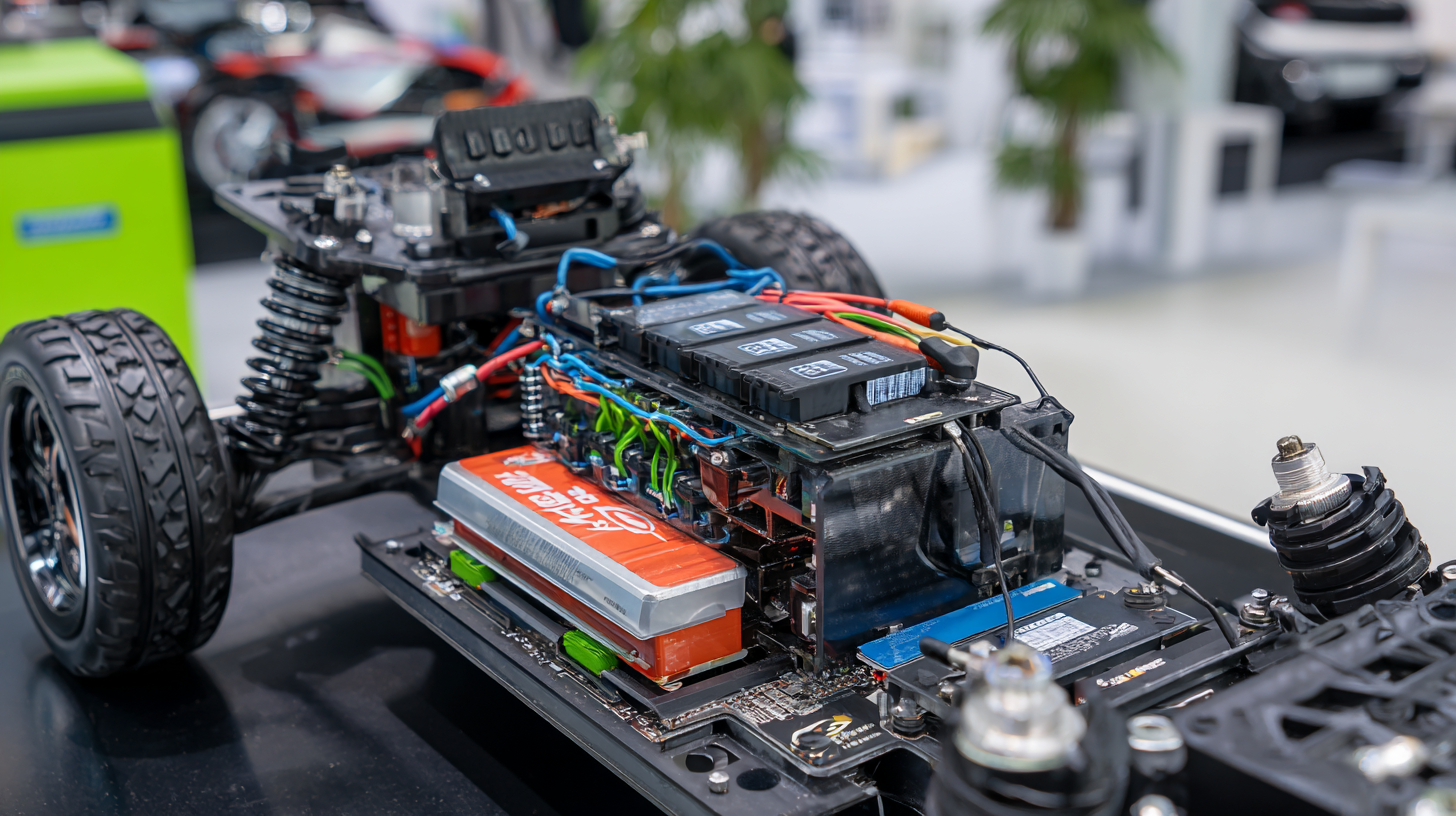
As seen in similar high-profile events, like the iFX EXPO Asia, which attracted over 4,000 industry professionals, the fair promises to be bustling with dynamic discussions and exchange of ideas. These connections are vital, not only for business growth but also for the sharing of knowledge and best practices amongst peers. The potential for collaboration between RC car manufacturers and battery innovators could result in sustainable solutions, enhancing product performance while meeting the increasing demand for environmentally friendly technology within the industry.



